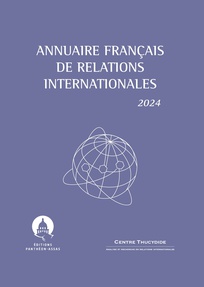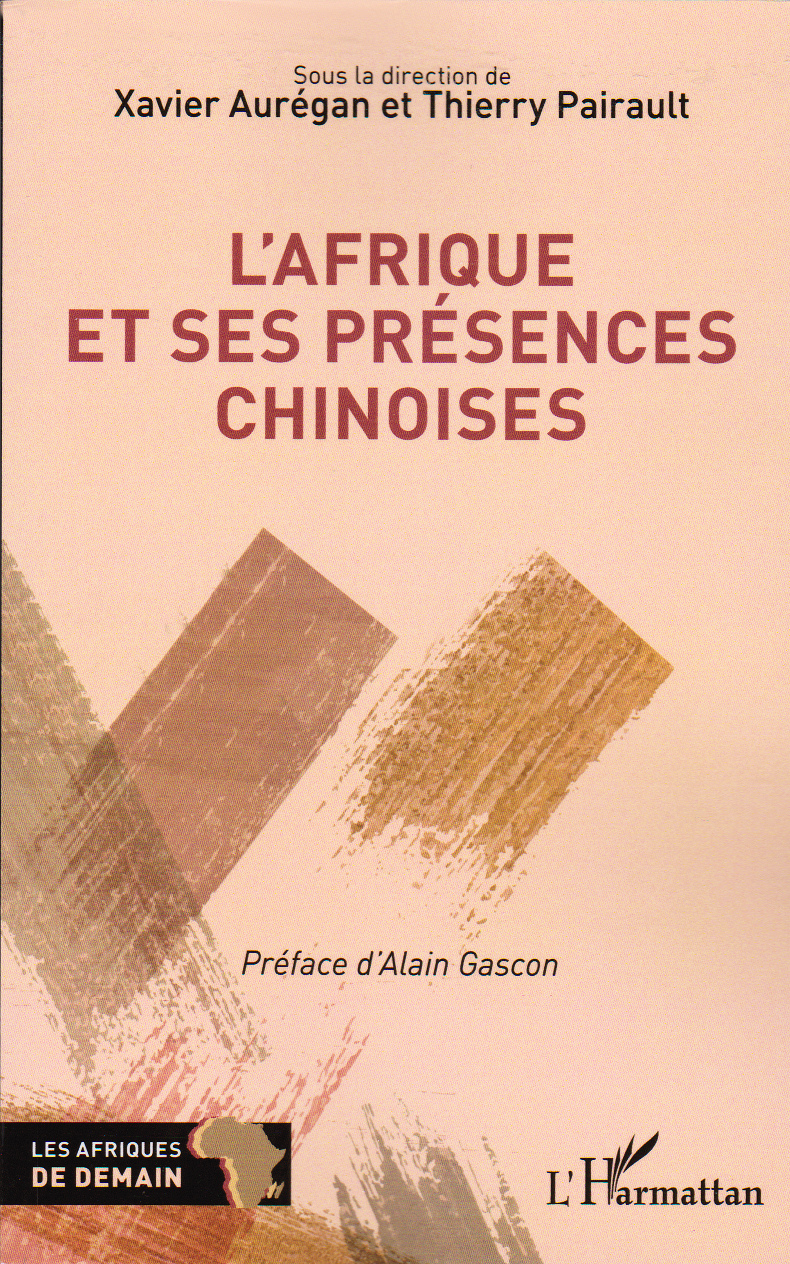Ties between business and aid programs in Africa. A comparative analysis between the European and the Chinese cases
Jean-Christophe Defraigne and Serena Belligoli
EBHA Conference - 26-28 August 2010, Glasgow
The goal of this paper is to compare ties between business and aid development programs in Africa for European and Chinese firms.
The first part of the paper will analyze the different links that have emerged between the various organizations in charge of aid and development on the African continent and the European investors and traders operating in Africa since the independence waves of the 1950s and 1960s. It will outline the different nature of the links between business and these various programs. It will show that many of these programs, but not all, aimed at maintaining pre-existent bilateral trade and investment links between former African colonies and firms from the former colonial powers. The paper will also assess which types of aid programs have been more state-driven or which ones have been more business-driven and how the system evolved from 1960s until nowadays.
The second part of the paper will look into the penetration of Chinese business in Africa and its ties with respective aid programs. It will show that Chinese commercial and investment penetration in Africa is more state-driven than business driven. The paper will outline that the Chinese government pursues active development programs which are closely linked with Chinese multinational enterprises (MNEs) expansion in Africa. Most Chinese MNEs are often indirectly state-controlled and their development is submitted to the long-term strategy of the Chinese government. This state-driven pattern is due to the relative weaknesses of Chinese MNEs in terms of intangible assets compared to global competitors from the most developed economies but also to the need of Chinese MNEs to overcome the incumbent position of European MNEs in African economies, position that has been built on special links with local and regional governance structures.
Finally, the last part of the paper offers a comparison of the Chinese and the European case and draws some final conclusions concerning the new room for maneuver that the Chinese business penetration and the Chinese tied aid programs give to African governments.
A comparison between Chinese and European Foreign Direct Investment (FDI) and aid flows to Africa is a difficult exercise. Firstly, China and the EU have different systems of official classification and statistics. This reflects the historical ideological difference between the Communist Party of China (CPC) and the EU, especially regarding development programs and their aims. As China continues to open up to the global capitalist economy and joins multilateral pro-market institutions like the World Bank, the IMF and the WTO, these divergences are progressively being eroded. Nevertheless, substantial differences remain as it will be outlined in depth in the second part of this paper.
Secondly, the creation of the European Economic Community has led to a complex system of European aid programs which are parallel to member states aid programs. The most important aid programs in terms of funds have always been those controlled by individual member states but substantial programs became organized under supranational control. The business ties between these national and supranational programs are different. Member states aid programs and their links with business have been mainly determined by the existing colonial business structure until the end of the Cold War. Over the years, the European supranational aid programs progressively pursued a more horizontal approach with less direct vertical links with specific business and industries, creating a highly complex and heterogeneous European aid system.












